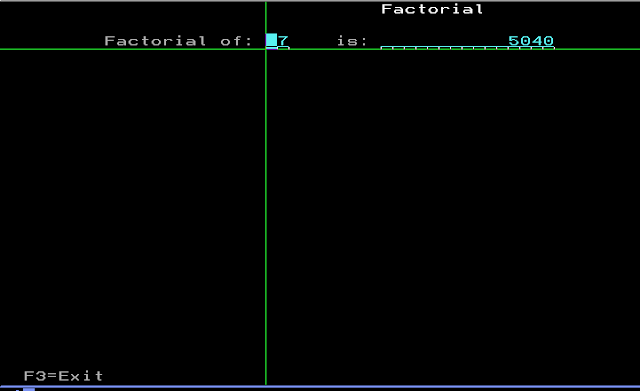(IBM i fans only) Recursion in RPGfree

To my friend. I want to dedicate this short post to a dear friend of mine, a developer who uses the C language and other modern programming tools, who repeatedly asked me: "Is the RPG language recursive?". Until some time ago I had to answer: "unfortunately not". I defended myself by explaining that the RPG language is a programming language primarily used for developing business applications for the IBM i and there is no need for advanced features. Bullshit! Actually the RPG language was not recursive, STOP! But now, finally and with great satisfaction, I can answer yes, it is! What does "Recursion" mean? Recursion is a programming technique or approach where a function or a subroutine calls itself directly or indirectly to solve a problem. It involves breaking down a complex problem into simpler subproblems that can be solved easily, and then using the same function to solve those subproblems repeatedly until the base case is reached. Recursion can be a ...







